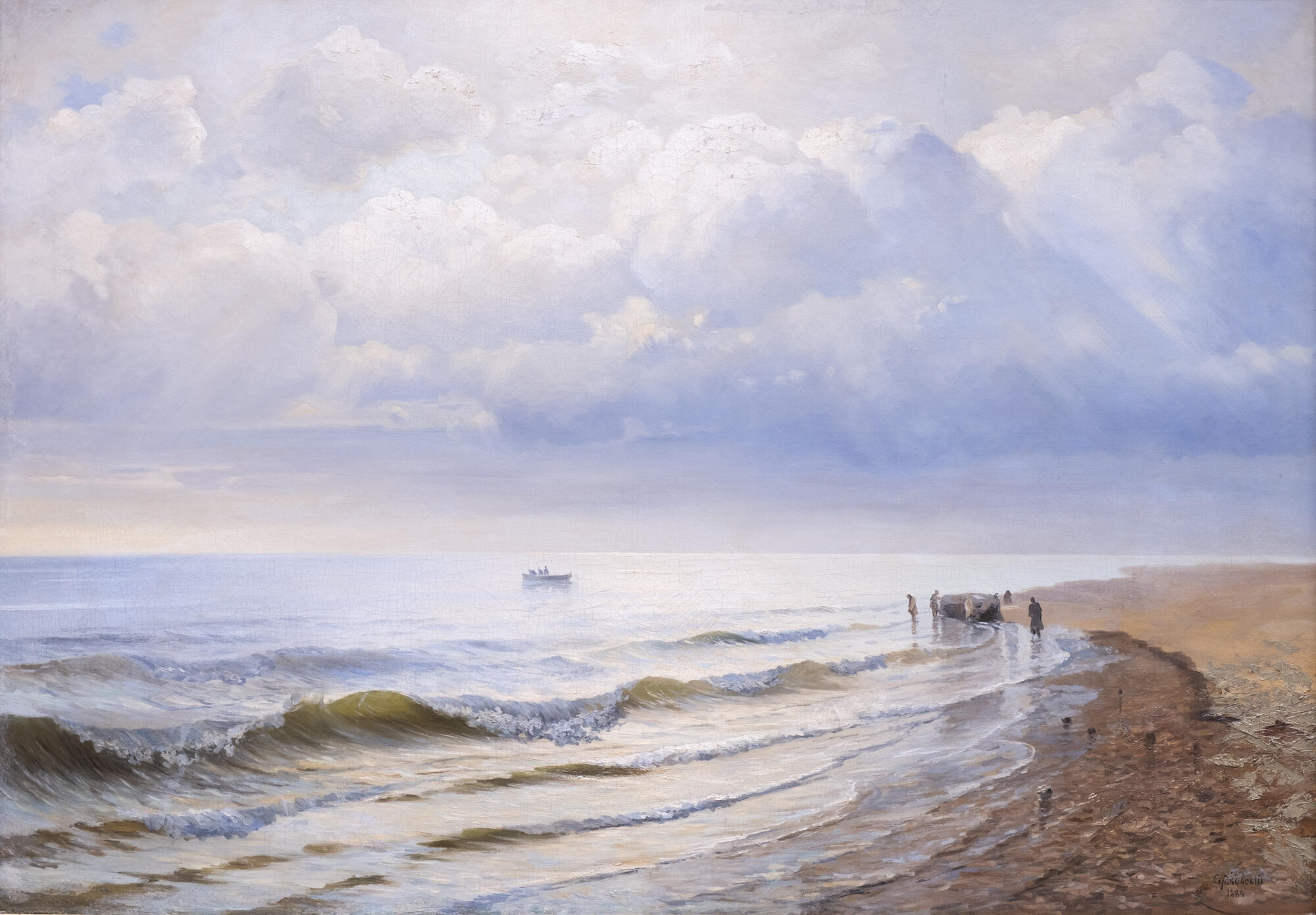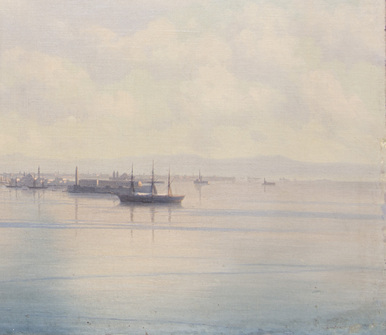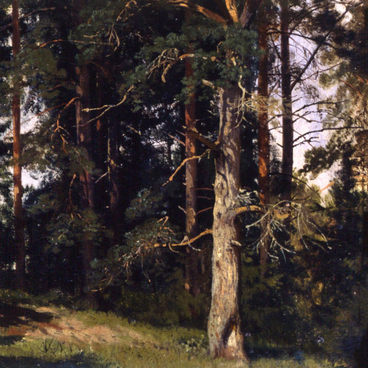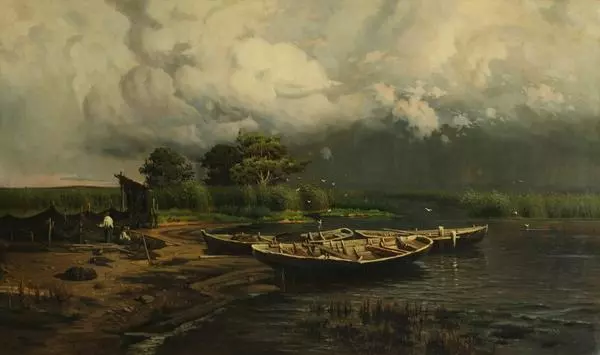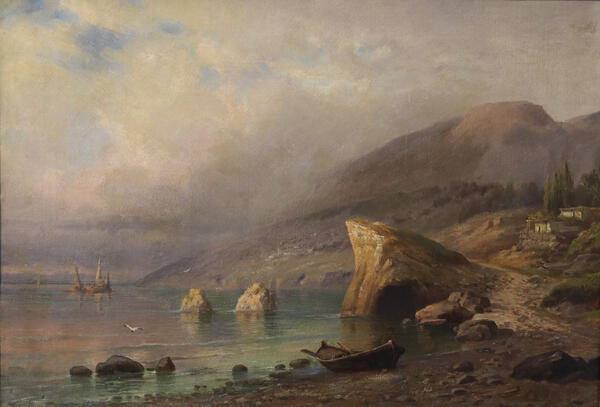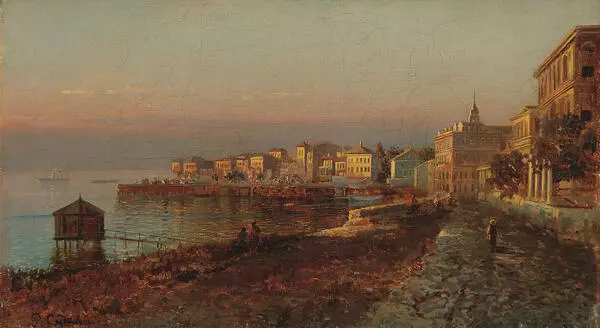However, such expectations were not destined to come true due to the painter’s premature death: Rufin Sudkovsky died of typhus in the prime of his life, before turning 35.
Rufin Sudkovsky was born in the small town of Ochakov on the Ukrainian Black Sea coast in 1850. Son of a priest, he refused to pursue a career as a clergyman because he had been fascinated with art since childhood. In 1868, he left the theological seminary against the will of his parents and went to St. Petersburg where he enrolled at the Imperial Academy of Arts. Rufin Sudkovsky studied there for only three years but managed to receive the Small and Grand Silver Medals for his landscapes during that time.
In 1871, the young artist was forced to return to
his hometown due to health issues. There, he continued to hone his artistic
skills on his own. In 1877, his exhibited works were recognized by the Academy
that awarded Sudkovsky the title of an artist of the 2
nddegree “as
a sign of special exception and not as an example to others”, although he had
not taken the required exam in general subjects. Two years later, he was
awarded the title of a class artist of the 1
stdegree, and in 1882 —
the title of an academician of painting. In the early 1880s, Rufin Sudkovsky
became a famous marine painter thanks to the exhibitions in St. Petersburg and
Odessa. In the late 1884 — early 1885, the Odessa Society of Fine Arts elected
him as its honorary member. Sudkovsky’s name was given to the only museum of
marine art in Ukraine which houses the largest collection of the artist’s
works. According to the artist’s contemporaries, Sudkovsky’s guiding principle
was “painting the truth of sea views” in a realistic manner and conveying the
emotions evoked by the beauty of nature.
